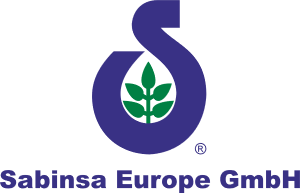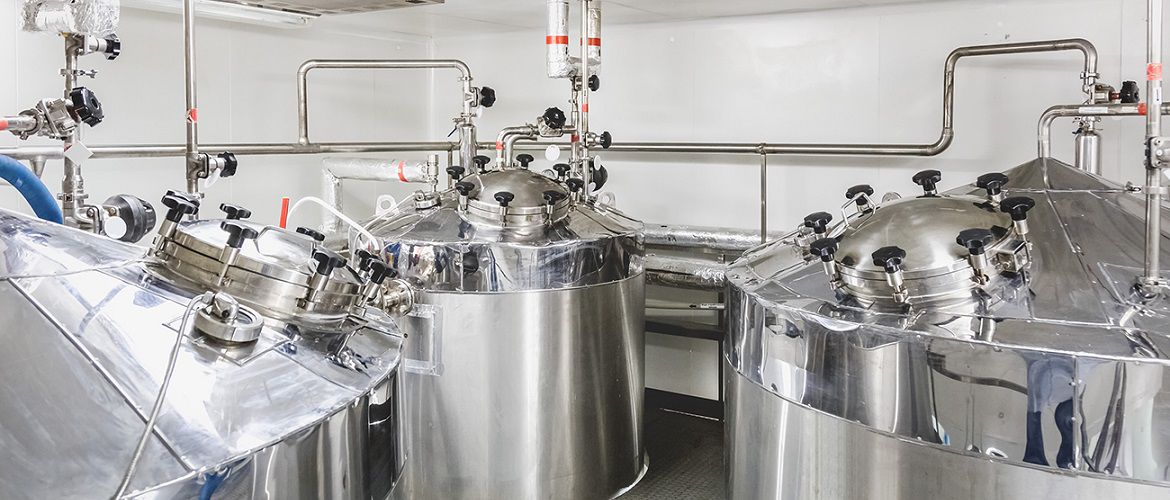We began a three part series on Quality in the January-February 2004 issue of this letter. Here we present the second part of this series, highlighting in-process quality control.
IPQC ensures the batch-to-batch uniformity of finished products and forms an integral part of the quality management chain. The main responsibility of IPQC is to control the pre-specified manufacturing process and to ascertain that the end product will meet stringent, outgoing quality control standards. The basic steps are summarized here:
At the beginning of the batch, QC/QA inspects the reaction vessel for cleanliness and suitability. Remnant residue level from the previous run is determined by a standard procedure. If the residue levels are above the specified limit, the reactor is again subjected to the cleaning cycle.
The reactors are usually labeled with batch number, product name and the reaction step. The raw material approved by Quality Control is subjected to identity tests just before the batch is fed.
Any isolable products during the process are considered to be "intermediates". .Each intermediate product is tested as per SOP (Standard Operating Procedure) for critical parameters. These include pH, moisture, content assay (if applicable) and other specific parameters.
The QC/QA also examines the process parameters such as temperature and pressure conditions, vacuum level and other relevant factors. These are carefully recorded. The intermediates that fail to meet pre-determined specifications are reprocessed and tested before moving on to the next stage. Once the intermediates comply with the predetermined specifications, they move to the final stage.







